With today’s technological advancements, home lighting automation systems offer homeowners full control over the appearance, ambiance, and functionality of their spaces. However, for those still manually controlling lights, transitioning to home automation can raise many questions.
As experienced lighting designers and experts in lighting automation, NT Security is here to guide you through everything you need to know about controlling the lights in your home.
What is home lighting automation?
Home lighting automation enables all the lights in your house to be controlled together. For example, a single button press can turn on eight different lights, illuminating an area with the ideal brightness for the task at hand. Whether you’re watching TV, cooking, or reading, home lighting automation allows you to set the perfect mood for your event.
An important thing to note: home lighting automation is not limited to controlling a single room or area. With smart home lighting automation, you can control the lights throughout your entire house with just one button press. For instance, this feature allows you to set a ‘bedtime mode’ that turns off all the lights in your home. This eliminates the need to manually turn off lights in every room. I often joke with my clients: “Your house spans thousands of square meters, with hundreds of switches to turn lights on and off. So, who will turn them all off when it’s time for bed?”
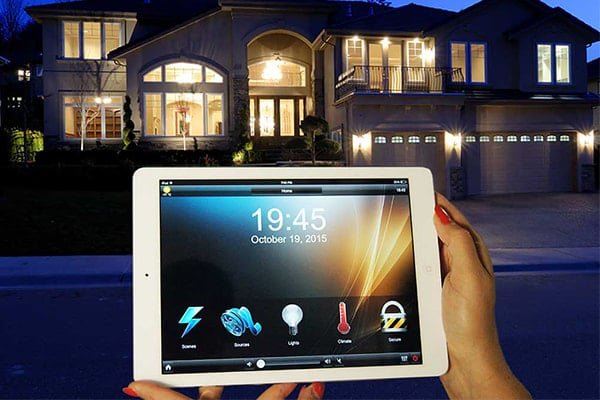
The basics of lighting control: Wired or wireless?
When deciding to implement lighting control for your home, you need to explore both wired and wireless options.
Wired systems require cables to link your light fixtures and control switches, which can add costs due to the additional components and installation efforts. However, once installed, you’ll have a reliable home lighting automation system.
Wireless home lighting automation is both cheaper and easier to install. Why? No wiring is needed, which reduces complexity and installation time. However, this comes with the downside of limiting the number of devices you can include in your system and affecting the system’s stability. To choose the best lighting control solution for your home, it’s a good idea to consult with a lighting design expert and select the system that best fits your needs.
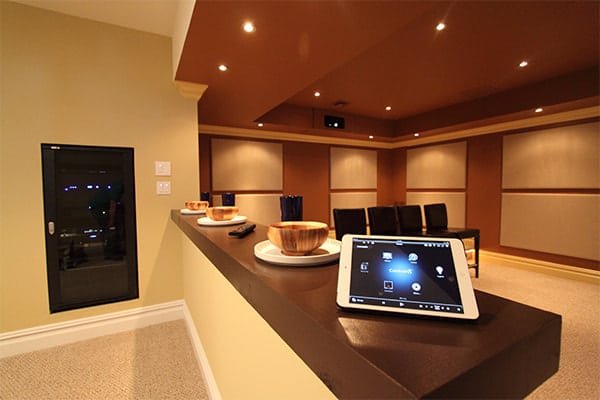
Energy savings
The less your lights are on, the more electricity you save, which results in lower energy bills. Home lighting automation makes it easy to ensure your lights are only on when needed.
With a smart lighting system, you can use your mobile phone or tablet to turn off lights in your home—perfect when you leave without turning them off. Additionally, timers and sensors can be programmed to sync with your schedule to optimize energy savings. For instance, if you leave for work at 7:30 AM on weekdays, smart home lighting automation ensures that all your lights are off as soon as you leave.
Also, be sure to take advantage of dimming controls. The ability to adjust the brightness of your lights significantly helps limit energy usage.
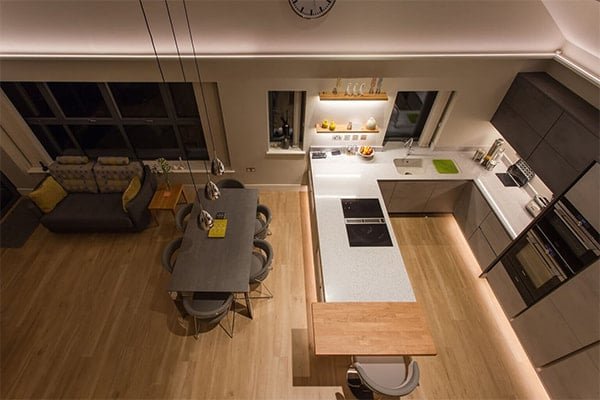
===> Learn more: Smart Home Automation – Ultimate Convenience for Users
Increased bulb lifespan
This benefit goes hand-in-hand with energy savings. Since you can dim and turn off lights from a central control panel, your overall usage is reduced. This increases the lifespan of your bulbs, meaning you won’t need to replace them as frequently.
Enhanced convenience
Smart home lighting automation makes it easy to manage your lights from a wall-mounted control center, remote control, mobile phone, tablet, laptop, and even desktop. This gives you the ability to set the desired mood from the comfort of your couch or turn the lights on/off when you’re away from home.
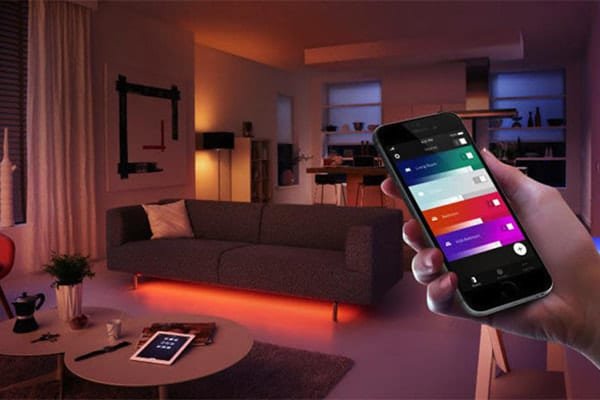
Improved safety
With sensors or your mobile phone, you can safely navigate to the bathroom in the middle of the night. No more fumbling for the light switch in the dark. It also does more than that: when you wake up and head to the bathroom at midnight, the lights can turn on at just 10-20% brightness, enough for you to see without blinding you.
Another way lighting control can enhance safety is by setting lights to turn on when you’re away on vacation. By scheduling the lights to come on within an hour, you can help deter burglars from targeting your home.

Combining home automation with lighting control
As mentioned above, home lighting automation provides you with the ability to set lighting scenes for routine activities like dining. But what if we told you there’s much more you can do?
Technology has advanced significantly, giving you the ability to integrate other systems with your lighting for better control and convenience. For example, your ‘Dinner’ scene could illuminate the functional lights over your dining table, lower your automated blinds, play your favorite playlist through the speakers, and activate your artificial fireplace. There are endless possibilities to meet even your most sophisticated needs.
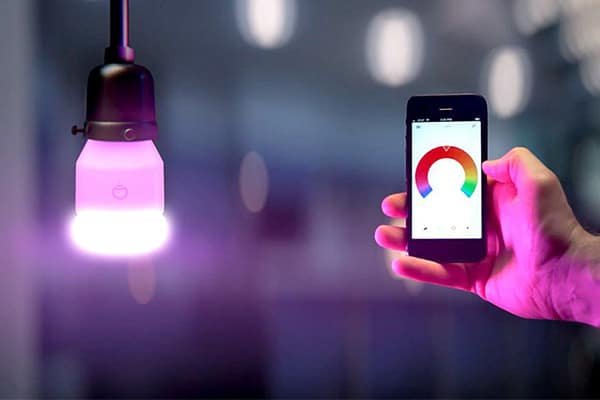
At NT Security, we specialize in designing and providing lighting automation systems using global lighting brands like HDL. We work closely with you to establish your requirements and collaborate with professional installers to ensure your new lighting system is perfectly equipped.
If you’re looking to talk to an expert about implementing smart home lighting automation in your home, reach out to NT Security today—we’d be happy to help!

